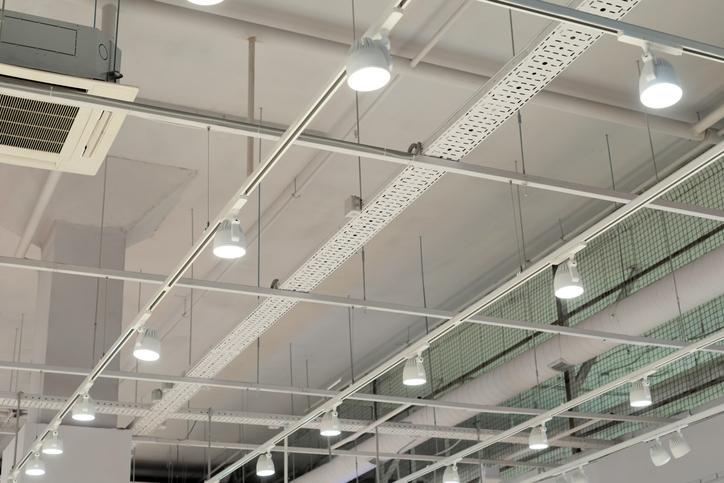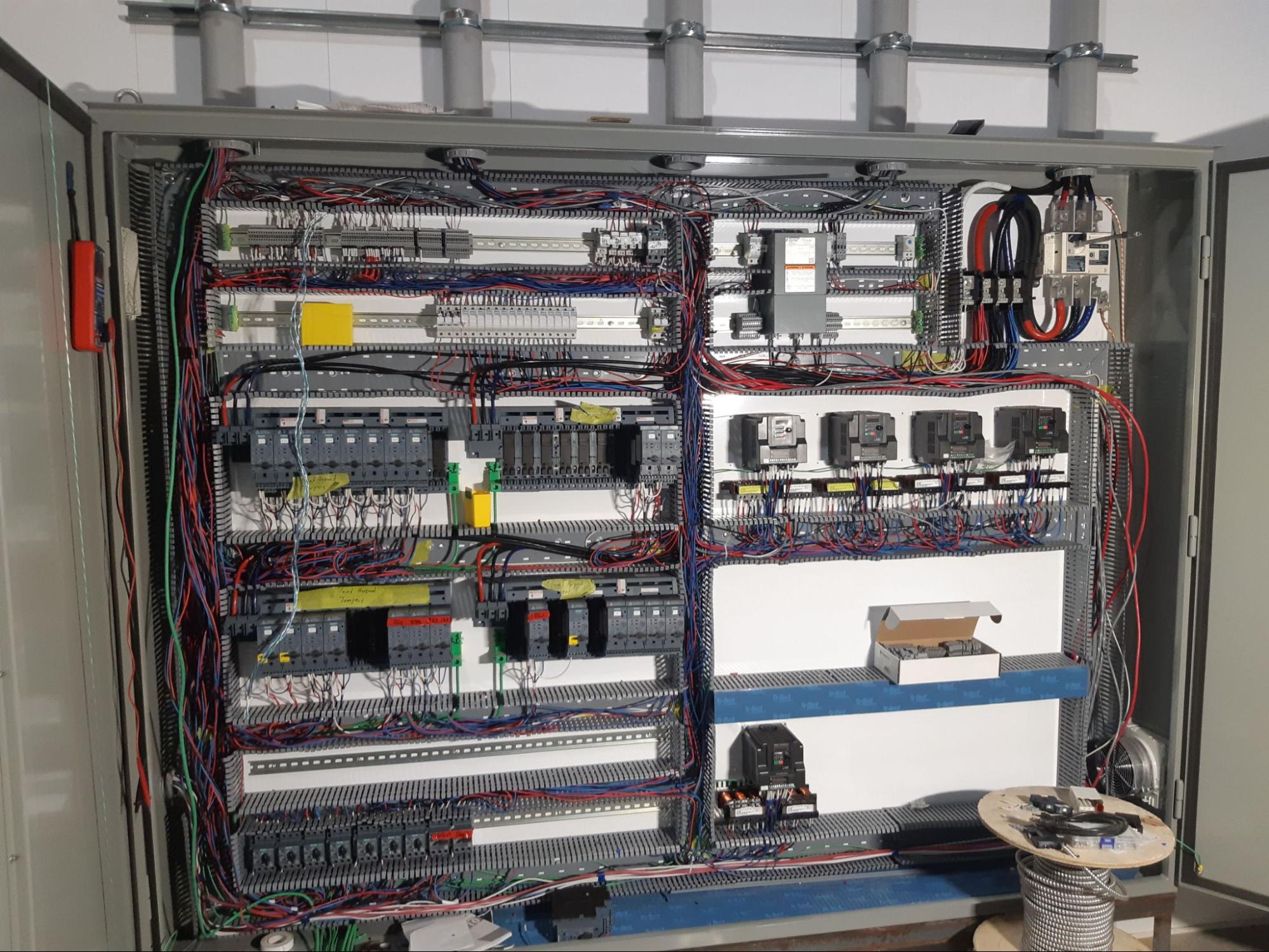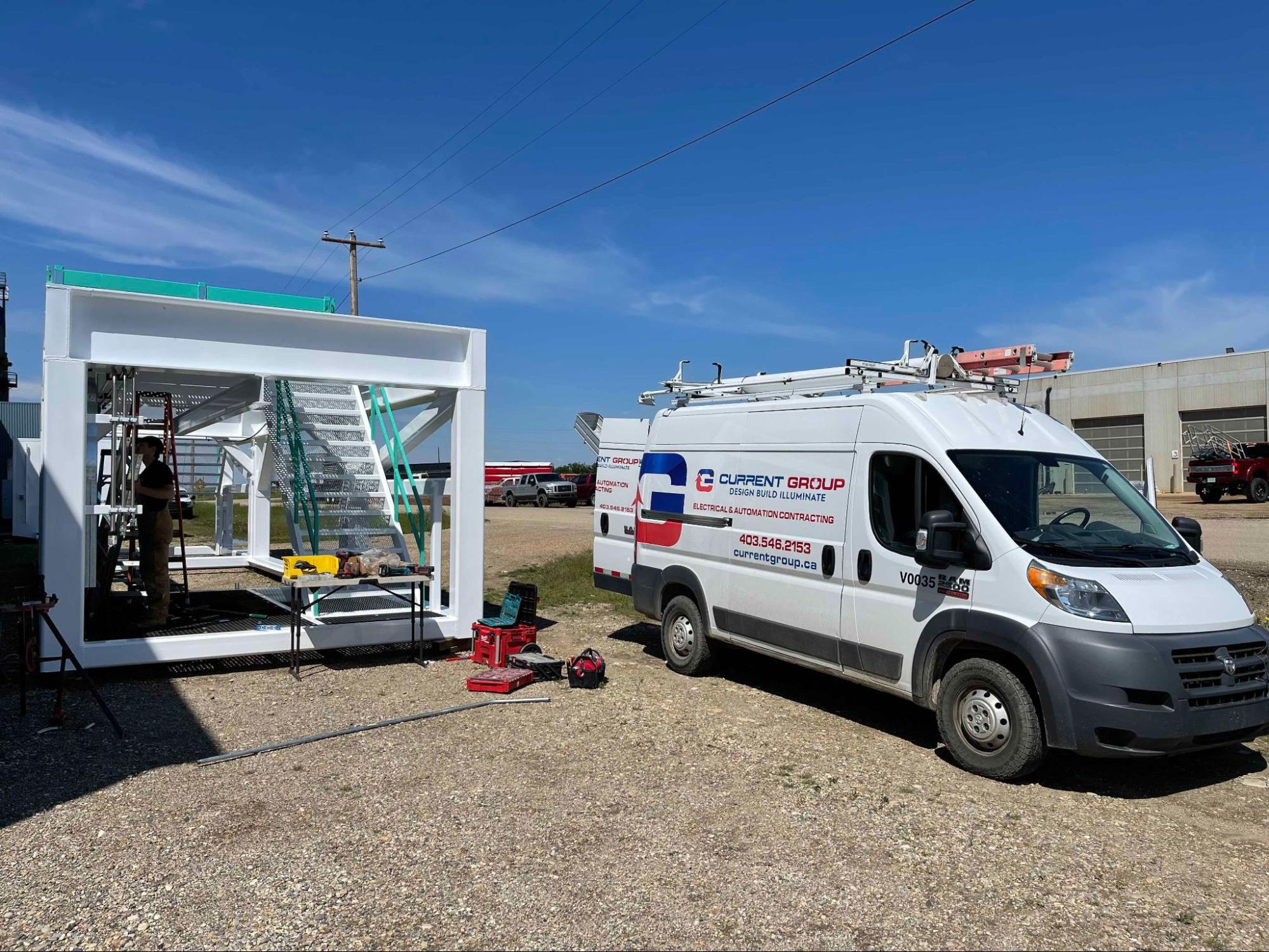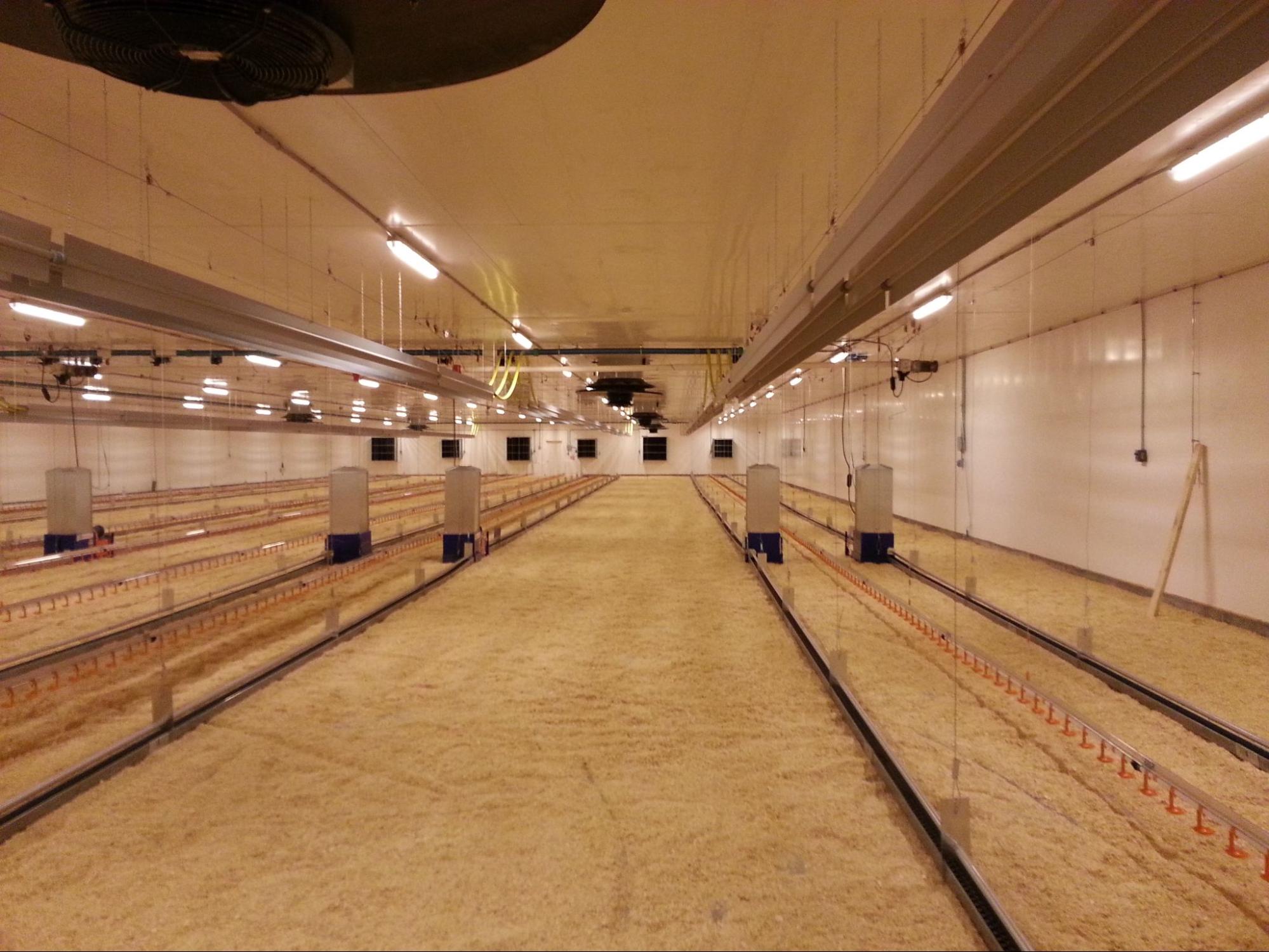In today’s energy-intensive landscape, businesses across various industries are grappling with the soaring costs of electricity. The relentless rise in energy bills has become a universal concern, prompting organizations to seek innovative solutions that not only reduce their carbon footprint but also deliver tangible cost savings. In this article, we will examine the impact of adopting energy-efficient lighting solutions as a strategic measure for substantial electricity cost savings.

How Does Lighting Impact Electricity Costs?
For many industries, lighting represents a significant chunk of their energy consumption. Traditional lighting systems, such as incandescent and fluorescent bulbs, not only draw substantial power but also have a shorter lifespan, leading to frequent replacements and increased maintenance costs.
This inefficiency becomes particularly pronounced in large facilities where lighting is a 24/7 necessity, like manufacturing plants, warehouses, and retail spaces. Establishments grappling with hefty electricity bills are faced with a crucial question: How can we illuminate our spaces while simultaneously cutting down on energy costs?
Energy-Efficient Alternatives
The answer lies in the adoption of energy-efficient lighting solutions, notably LED (Light Emitting Diode) technology. Traditionally, the brightness of a bulb was equated with its wattage. However, this metric fails to consider the crucial factor of lumens. Lumen is a unit of measure indicating the total amount of light emitted by the light source, while watts denote the power consumed. More lumens indicate a brighter light and fewer lumens indicate a dimmer light.

Consider a 100-watt incandescent bulb which produces approximately 1,600 lumens. In contrast, a modern LED bulb consuming 14-17 watts can emit the same 1,600 lumens. The implications are profound; you can achieve equivalent brightness with significantly less power consumption. This alternative offers the following benefits that extend beyond simple illumination.
- Substantial Energy Savings:
LED lighting consumes significantly less energy than traditional options. This transition results in substantial reductions in electricity consumption, allowing businesses to illuminate spaces while consuming a fraction of the energy compared to conventional lighting. In turn, this leads to substantial cost savings on monthly electricity bills.

- Extended Lifespan and Reduced Maintenance Costs:
One of the key advantages of LED lighting is its extended lifespan. Traditional bulbs often burn out quickly, requiring frequent replacements and incurring additional maintenance expenses. LED lights, on the other hand, have a significantly longer lifespan, reducing the need for constant replacements and lowering maintenance costs over time.

- Improved Lighting Quality:
LED lighting not only consumes less energy but also provides superior-quality illumination. The enhanced brightness and colour rendering of LED lights contribute to a more comfortable and visually appealing environment. This not only positively impacts employee productivity but can also enhance the overall customer experience.

- Environmental Sustainability:
Beyond the financial gains, the shift to LED lighting aligns with broader environmental sustainability goals. LED lights are more energy-efficient and have a lower environmental impact, reducing the carbon footprint of the business. This not only meets corporate social responsibility targets but also positions the company as an eco-friendly and responsible entity in the eyes of consumers and stakeholders.
The cumulative effect of reduced energy consumption, lower maintenance costs, and improved lighting quality resulted in a substantial drop in monthly electricity bills. By investing in energy-efficient lighting solutions, organizations not only contribute to a sustainable future but also reap the immediate rewards of substantial electricity cost savings. Ready to unlock a new era of cost-effectiveness and sustainability? Contact Current Group for electrical automation designed to streamline operations and curate sustainable energy practices.






